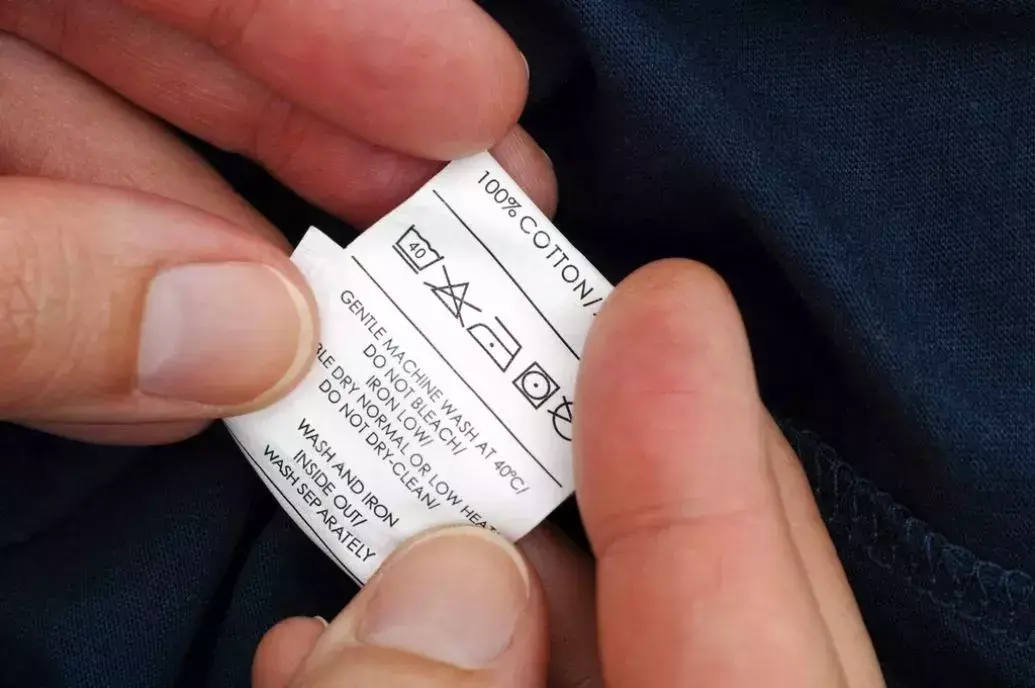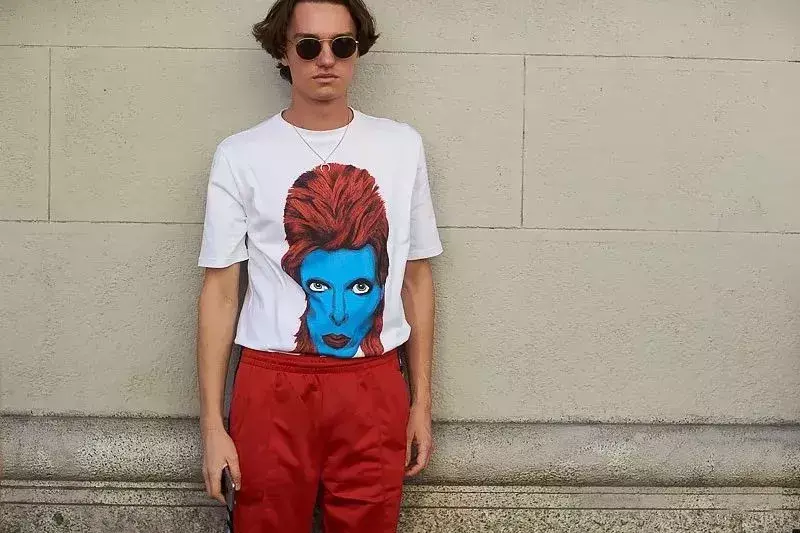As a technical person, my favorite thing is to study the ingredients of fabrics. After all, the percentage of ingredients will affect the wear. Feel.

Last time the editor mentioned that when men buy T-shirts, they only need to consider the style, color, collar, and fabric material. As long as they pay attention to two points, Comfort and fit, but I think it’s also important to understand the material and weight.
To judge the quality of a T-shirt, we have to start with the most basic material and weight. After all, it must have “connotation” to win everyone’s favor. follow.

For a T-shirt, its main ingredient is cotton, but in the world of cotton, it can be divided into 8 types, pure cotton, Fine cotton, polyester cotton, washed cotton, ice cotton, lycra cotton, mesh cotton, mercerized cotton, etc., there are really too many professional terms. For a man, are these all question marks? So which one is better to choose…?

Generally, you should wear the most comfortable and best T-shirt. Of course, natural fabrics are the first choice, followed by blended fabrics. . Among the eight types mentioned above, pure cotton and combed cotton are the most recommended.

# Material
- Pure cotton: means 100% cotton.
Advantages: It has the characteristics of keeping warm and close to the body, moisture absorption and breathability, heat resistance, alkali resistance, etc., especially Suitable for making close-fitting clothing and cheap.
Disadvantages: It is easy to wrinkle and deform, shrink and pill, and it is easy to lose its shape in appearance. It needs to be ironed every time it is washed.

- Combed cotton: is cotton that has been carded.A combing machine is used to remove the shorter fibers in the cotton fibers, leaving Longer and neater fibers underneath. The woven fabric will be softer and more stable. It requires one more process than pure cotton, so the price is relatively expensive.
Advantages: Combed cotton has all the advantages of pure cotton, but the combed cotton yarn is smoother in terms of technology. Delicate, the surface of the fabric that comes out is smooth and there are no neps.
Disadvantages:Due to process problems, the hand feel is not as soft as ordinary pure cotton, and the process is cumbersome and the price is relatively high. It is generally used for production. Most of the clothes are high-end.

- Polyester and cotton: However, the above two types are either expensive or not practical to wear, and are prone to pilling and shrinkage. Compared with these two natural cottons , polyester-cotton blending overcomes the shortcomings of being easy to wrinkle and deform. Generally, polyester-cotton will contain more than 65% cotton. On the contrary, if it only contains 35% cotton, it will be inferior and low-end.
Advantages: This kind of cotton is the most common T-shirt cotton on the market. It has the feel of cotton. Polyester fiber is added to make up for the shortcomings of cotton, which can resist wrinkles, reduce deformation, and reduce shrinkage.
Disadvantages: Since polyester cotton is a hydrophobic fiber, it is difficult to clean if there is oil on it, and there will be static electricity during wearing. It produces, easily absorbs dust, and contains fiber components so it cannot be ironed or soaked in high temperatures. It does not degrade and is relatively unenvironmentally friendly.

Therefore, combining the above three materials, the most comfortable and best-wearing T-shirt ratio should be 95% cotton and 5% poly. Ester fiber is the best. It has the high content of cotton and the elasticity brought by polyester fiber. So you can use this ratio range as a reference when buying.

# Pounds
The term Pounds I’ve heard a lot, and I often hear people say that when buying T-shirts, you need to buy a high-weight T-shirt, and a thick T-shirt is easier to wear. So what is this poundage?

From a professional perspective, the garment textile industry rarely uses “pounds” to classify T-shirts, and generally uses “count” as the criterion. .
- Pound count: Refers to the weight per unit area of the fabric.
- Count: Represents fiber or yarn A unit of thread thickness. For example: 1 pound of fiber can spin 840 yards of skein, which is 1 count. If it can be spun 20 times, it is 20 counts.
Usually, the higher the count of clothes, the softer they are, which means the yarn of the clothes is finer. The current count specifications of cotton are: 16, 20, 24, 30, 40 pieces.

However, the numbers above do not mean that the larger the number, the thicker the fabric. On the contrary, they are like this:
Thickness sorting: 16-count cotton > 20-count cotton > 24-count cotton > 30-count cotton > 40-count cotton. So the fewer the count, the thicker it is. , the less breathable it is, the more unsuitable it is for summer wear.
Finally, let me tell you that a T with a thickness of 20 count cotton is suitable for boys to wear in summer. , clothes that are not stiff enough, or not breathable, etc. These problems can be solved. As for whether you want to choose pure cotton, blended cotton or combed cotton, it depends on the pocket of the judge.







